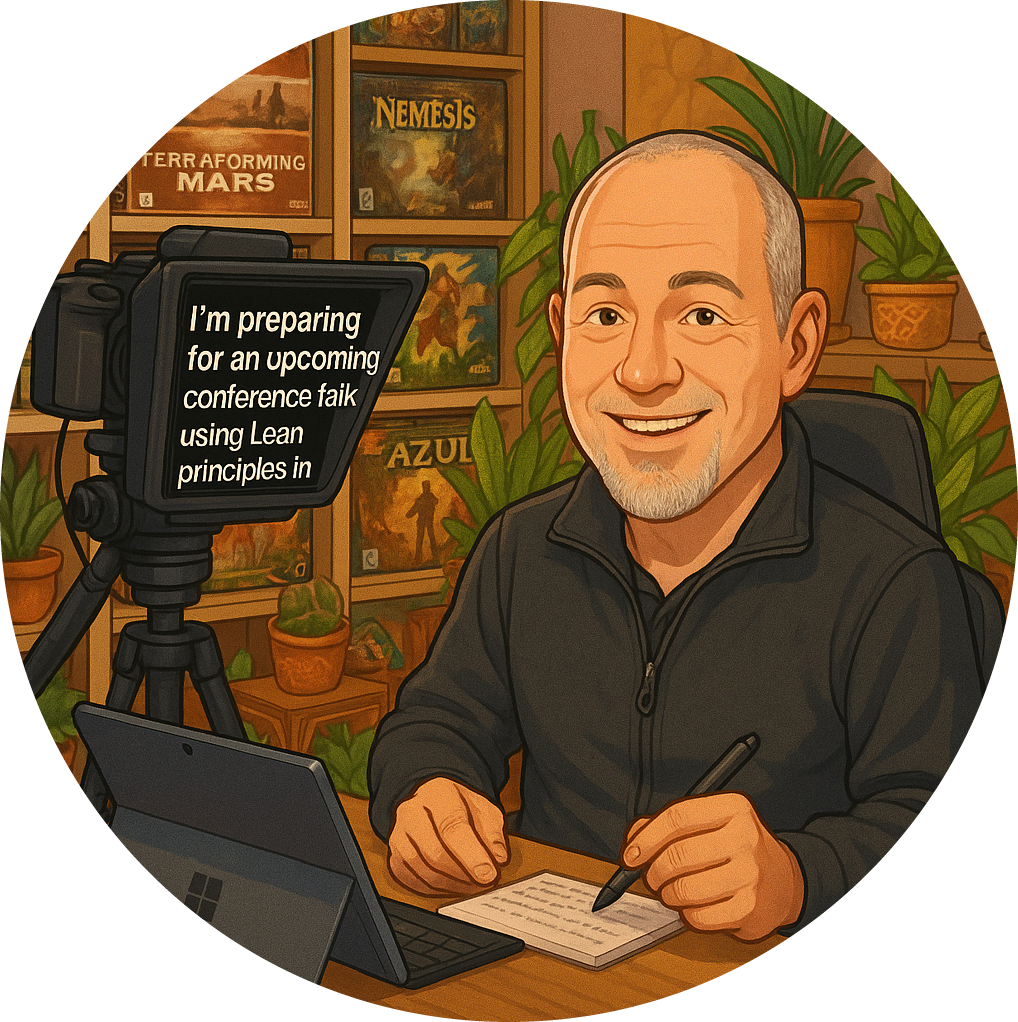As I reflect on my recent experiences with organisational change and the impact it has on teams, I can’t help but think about the journey we’ve all been on. It’s a journey that often feels chaotic, yet it’s one that can lead to incredible transformation when approached with the right mindset and tools.
I had the pleasure of speaking with Catherine Medics, a passionate advocate for change within her engineering team. Her insights resonated deeply with me, particularly her emphasis on creating a common vision for how work is done. This is something I’ve seen time and again: when teams align around a shared purpose, the results can be nothing short of remarkable.
The Power of a Common Framework
Catherine highlighted how the foundation class they implemented has provided a structured approach to problem-solving. This framework has not only given developers hope but has also empowered them to tackle some of the most pressing challenges they face daily.
- Common Language: By establishing a shared vocabulary, teams can communicate more effectively about the issues they encounter. This is crucial in fostering collaboration and ensuring everyone is on the same page.
- Increased Confidence: As developers engage with this framework, they gain confidence in their ability to contribute to solutions. This shift in mindset can lead to a more proactive approach to problem-solving.
Transforming Chaos into Excitement
Catherine mentioned that her team was previously operating in a somewhat chaotic environment. However, the introduction of a structured organisational change backlog has sparked excitement and energy among team members.
- Identifying Impediments: The backlog serves as a tool for identifying and addressing the obstacles that hinder progress. This clarity allows teams to focus on what truly matters.
- Building Trust: By creating a system where team members feel heard, organisations can foster a culture of trust. When people know their voices matter, they are more likely to engage and contribute positively.
Unexpected Benefits of Communication
One of the most surprising outcomes of this initiative was the improvement in communication cycles. Catherine noted that previously, team members felt frustrated and unheard. Now, with a structured approach to capturing impediments, there’s a renewed sense of hope and engagement.
- Listening to the Team: Establishing channels for feedback not only helps in resolving issues but also makes team members feel valued. This is essential for maintaining morale and motivation.
- Continuous Improvement : With regular check-ins and updates, teams can adapt and evolve their processes, leading to ongoing enhancements in productivity and satisfaction.
A Pragmatic Approach to Change
Catherine’s experience serves as a powerful reminder of the importance of pragmatism in driving change. She shared that even the most sceptical team members were won over by the energy and effectiveness of the new approach.
- Engaging Stakeholders: It’s vital to involve all team members in the change process. When people see the benefits firsthand, they are more likely to embrace new practices.
- Sustaining Momentum: Change is not a one-time event; it requires ongoing effort and commitment. By celebrating small wins and maintaining open lines of communication, teams can sustain their momentum.
In conclusion, the journey towards organisational change is not without its challenges, but as Catherine’s story illustrates, it can lead to profound improvements in team dynamics and productivity. By fostering a common vision, creating structured communication channels, and engaging all team members, we can transform chaos into a thriving, collaborative environment.
As I continue to explore these themes in my work, I encourage you to reflect on your own experiences with change. What frameworks have you found effective? How do you ensure that every voice is heard? Let’s keep the conversation going and support one another in our journeys towards greater agility and effectiveness.

























